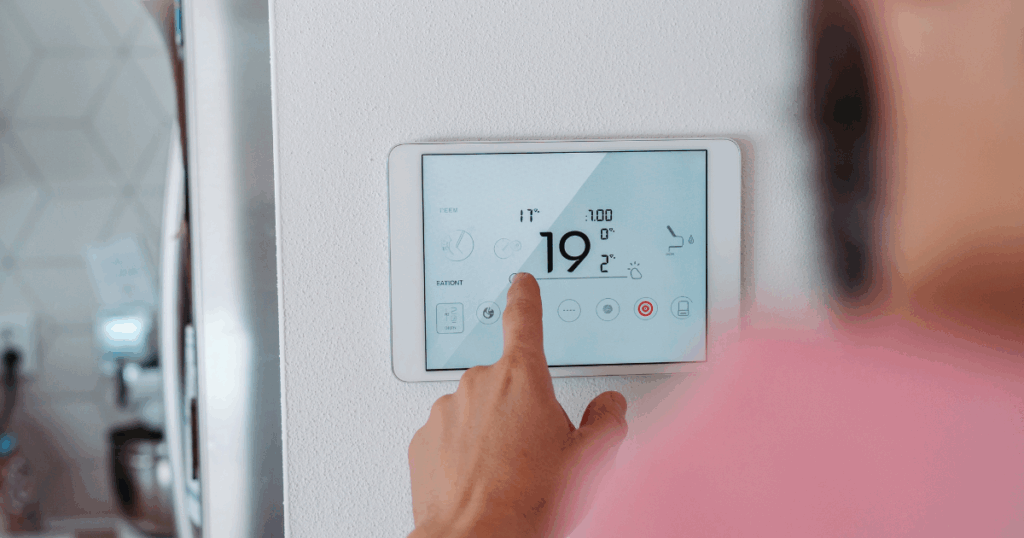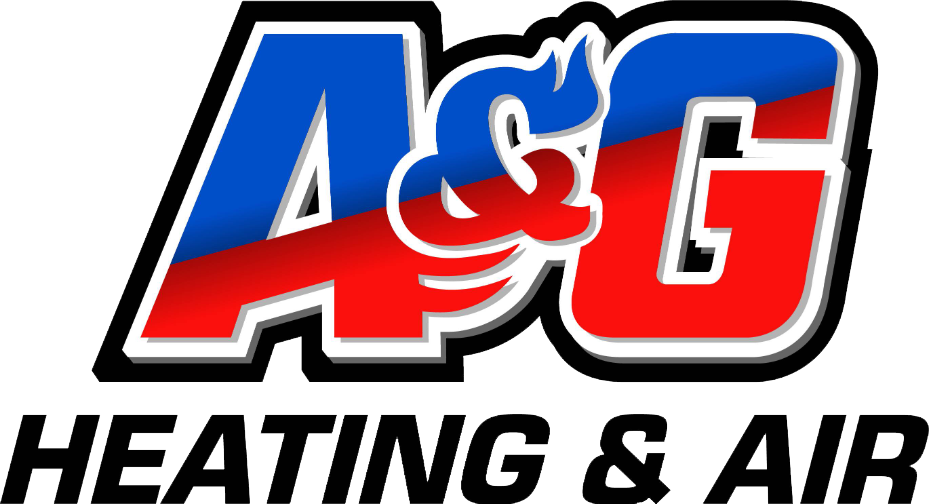
Smart Thermostat Settings for Fresno’s Time-of-Use Rates (Summer & Winter Schedules)
Fresno homes now pay more for electricity during Time-of-Use (TOU) peak hours. On PG&E’s most common residential plans, peak pricing is 4–9 p.m. every day (E-TOU-C); another option has 5–8 p.m. weekdays (E-TOU-D). Shifting cooling and heating outside those windows lowers bills without sacrificing comfort. PG&E
Below is a practical, smart-thermostat playbook—built for the Central Valley’s long, hot summers and mild winters—so your home stays comfortable while dodging peak rates.
Quick refresher: Fresno weather & why timing matters
Fresno’s summer normals push the upper 90s in July–August, so late-afternoon heat can collide with TOU peaks. Pre-cooling before peak and letting temps “float” slightly during peak is the winning combo.
Summer schedule (June–September)
If you’re on E-TOU-C (4–9 p.m. peak, daily):
- 6–8 a.m.: Set 76–78°F while getting ready.
- 12–2 p.m.: Pre-cool to 75–76°F to bank cool air before peak.
- 2–4 p.m.: Deeper pre-cool to ~74–75°F if your home warms quickly.
- 4–9 p.m. (peak): Let it float to 78–80°F. Use fans for comfort.
- After 9 p.m.: Return to 76–78°F for the evening.
If you’re on E-TOU-D (5–8 p.m. peak, weekdays):
- Shift the deeper pre-cool to 1–3 p.m. and start the float at 5 p.m. on weekdays. Weekends are off-peak all day.
Why it works: Pre-cooling moves compressor runtime to cheaper hours and trims peak demand. PG&E’s thermostat automation study found shifting load outside 4–9 p.m. reduces peak usage without big comfort penalties.
When away: The U.S. DOE recommends keeping the home warmer when unoccupied—raise the setpoint ~7°F above your “at-home” temp. Start with 75–78°F when home, then let it rise while you’re out.
Winter schedule (November–March)
- Morning/evening (awake): 68–70°F
- Overnight / away: Lower the setpoint for savings (smart setbacks work well in our dry, mild winters). DOE guidance: ~68°F when awake, lower when asleep or away.
No HVAC system is silent, but new metallic or banging sounds signal loose belts, failing bearings, or a damaged fan blade. Shut the unit off and call for service to avoid catastrophic compressor damage.
Smart-thermostat features to turn on
- TOU-aware scheduling: Create separate pre-peak / peak / off-peak blocks that match your plan (E-TOU-C or E-TOU-D).
- Geofencing & occupancy sensors: Auto-raise temps when everyone leaves; resume pre-cool as you head home. DOE recommends higher setpoints when away.
- Early-start / adaptive recovery: Lets the system begin cooling before the scheduled time so you hit target temps before peak.
- Fan-only circulation during peak: Keep air moving while limiting compressor run time.
- Event alerts: Enroll in PG&E Peak Day or conservation notifications so you can temporarily boost savings on grid-stress days.
Pro tips for Fresno homes
- Seal & insulate the attic: Reduces afternoon heat gain so pre-cooling lasts longer.
- Close blinds 1–6 p.m.: Cut solar gain on west/south windows.
- Change filters regularly: Better airflow = fewer peak-hour run cycles.
- Use off-peak for heat-makers: Laundry, dishwashers, and oven use outside 4–9 p.m. on E-TOU-C (or 5–8 p.m. weekdays on E-TOU-D).
Safety & comfort notes
- Households with infants, elderly residents, or medical needs may prefer a slightly cooler peak setpoint—comfort comes first.
- Heat pumps and variable-speed systems often handle shallower pre-cools because they run longer at low power—still schedule them to wind down during peak.
- If your AC can’t hold temp without excessive runtime, you may need maintenance or a duct/insulation check.
Book a TOU-ready setup with A&G Heating & Air
We’ll program your smart thermostat, optimize pre-cooling, and check ducts and insulation so your home rides through peak hours comfortably.
A&G Heating & Air — Veteran-owned. Bilingual techs. 24/7 service.
📞 (559) 765-1467 • 🔗 Request a Quote
Serving Fresno, Clovis, Madera, Visalia, Hanford, and all of Fresno/Tulare/Kings/Merced Counties.
FAQ
What if my plan’s peak hours change? Log into your PG&E account to confirm your current plan (E-TOU-C or E-TOU-D) and hours; adjust the schedule blocks accordingly.
Do smart thermostats really save money here? Yes—pre-cooling and shifting runtime off 4–9 p.m. consistently trims peak usage in PG&E studies, especially during heat waves.
What temperatures should I start with? Per DOE: try 75–78°F when home in summer and raise ~7°F when away; ~68–70°F when awake in winter and lower when sleeping/away.
